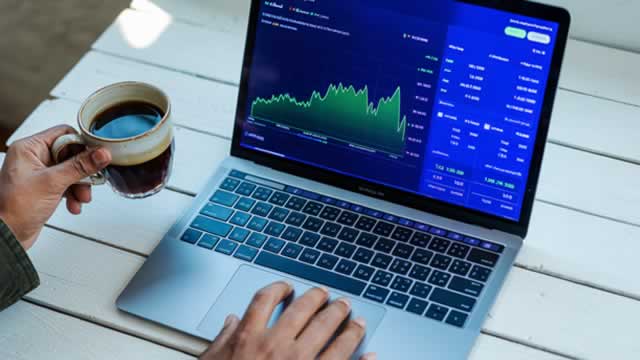
MARA
Marathon Digital Holdings, Inc.
$9.59
-0.35
(-3.52%)
| Exchange: | |
| Market Cap: | 3.627B |
| Shares Outstanding: | 118573 |
About The Company
| Sector: | Financial Services | |||||
| Industry: | Financial – Capital Markets | |||||
| CEO: | Frederick G. Thiel | |||||
| Full Time Employees: | 171 | |||||
| Address: |
|
|||||
| Website: | https://www.marathondh.com |
Marathon Digital Holdings, Inc. operates as a digital asset technology company that mines cryptocurrencies with a focus on the blockchain ecosystem and the generation of digital assets in United States. As of December 31, 2021, it had approximately 8,115 bitcoins, which included the 4,794 bitcoins held in the investment fund. The company was formerly known as Marathon Patent Group, Inc. and changed its name to Marathon Digital Holdings, Inc. in February 2021. Marathon Digital Holdings, Inc. was incorporated in 2010 and is headquartered in Las Vegas, Nevada.
Click to read more…
Revenue Segmentation
EPS
Earnings Call
Income Statement
(* All numbers are in thousands)
Balance Sheet
(* All numbers are in thousands)
Cash Flow Statement
(* All numbers are in thousands)
Analyst Estimates
(* All numbers are in thousands)







